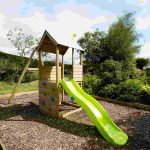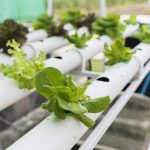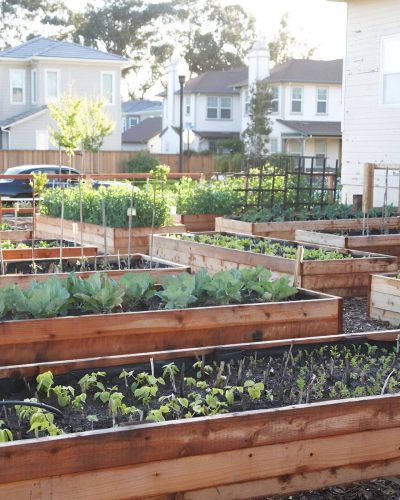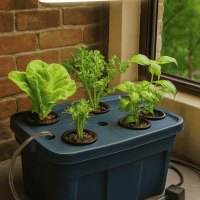
Sustainable Wood Practices: Ethical Sourcing for South African Industries
September 25, 2025
Mastering Hydroponics: Diving Deep into Sustainable, Soil-Free Harvests
October 8, 2025Raised garden beds save time and effort by creating a contained, organized planting area. They reduce bending, improve drainage, and help control weeds. For busy gardeners, they offer a predictable environment where vegetables, herbs, and flowers grow efficiently. These plant beds also allow you to garden in small yards, patios, or even rooftops without relying on existing soil quality.
Choosing the Right Materials
You can build these structures using a variety of materials:
- Wood: Lightweight, easy to cut and assemble, and affordable. Cedar and redwood resist rot naturally.
- Bricks or concrete blocks: Durable and long-lasting, but heavier to install.
- Recycled materials: Pallets or old crates can work, offering budget-friendly solutions.
Most garden boxes are 120 cm wide, which allows easy access from both sides without stepping into the soil. A height of 30–45 cm is ideal for vegetables, while 60 cm is better for deeper-rooted crops. You can easily build one in a weekend using basic tools.
Soil Mix Tips:
Soil quality is critical for productivity. A recommended mix is:
- 50% topsoil – provides structure and minerals.
- 30% compost – enriches the soil with nutrients and organic matter.
- 20% coarse sand or vermiculite – improves drainage.
These garden boxes allow you to control soil fertility and structure, giving plants a better chance to thrive than in standard ground gardens. Avoid layering the bottom with small rocks or gravel, as it might not improve drainage and can create a perched water table that leads to waterlogging.
Plant Suggestions
Elevated garden beds are versatile for various plants. Some practical options include:
- Vegetables: Lettuce, spinach, radishes, carrots, tomatoes, peppers.
- Herbs: Basil, parsley, thyme, chives.
- Flowers: Marigolds, nasturtiums, or zinnias for pollinators.
Planting in rows or clusters maximizes space. Taller plants should go in the center or north side of the bed to avoid shading smaller crops. Fast-growing crops like lettuce or radishes can allow for multiple harvests in a season.
Time-Saving Maintenance
Raised beds reduce weeds and make watering easier. Mulching keeps moisture in and suppresses weeds further. Installing a simple drip irrigation system saves time for busy gardeners. Regularly check soil levels, as raised garden box soil may dry faster than ground soil. With minimal care, they continue producing healthy crops season after season.
Seasonal Tips and Crop Rotation
Rotate crops in each season to prevent nutrient depletion and reduce pests. Use succession planting to keep beds productive year-round. For example, after harvesting early lettuce, plant fast-growing spinach or radishes in the same bed. With minimal care, they continue producing healthy crops season after season.
Budget-Friendly Tips
Garden Beds don’t have to be expensive:
- Use reclaimed wood or bricks.
- Fill beds with homemade compost instead of purchased mixes.
- Start small and expand gradually.
Even with a modest budget, you can build efficient structures that produce fresh vegetables and herbs throughout the growing season.
Getting Started Today
Pick a sunny spot with 6–8 hours of sunlight per day. Measure your space and decide on dimensions based on available area and plants you want to grow. Build one or two beds first, then expand as you gain confidence. With practical planning, raised garden beds alllow busy gardeners to grow healthy, productive gardens efficiently.


